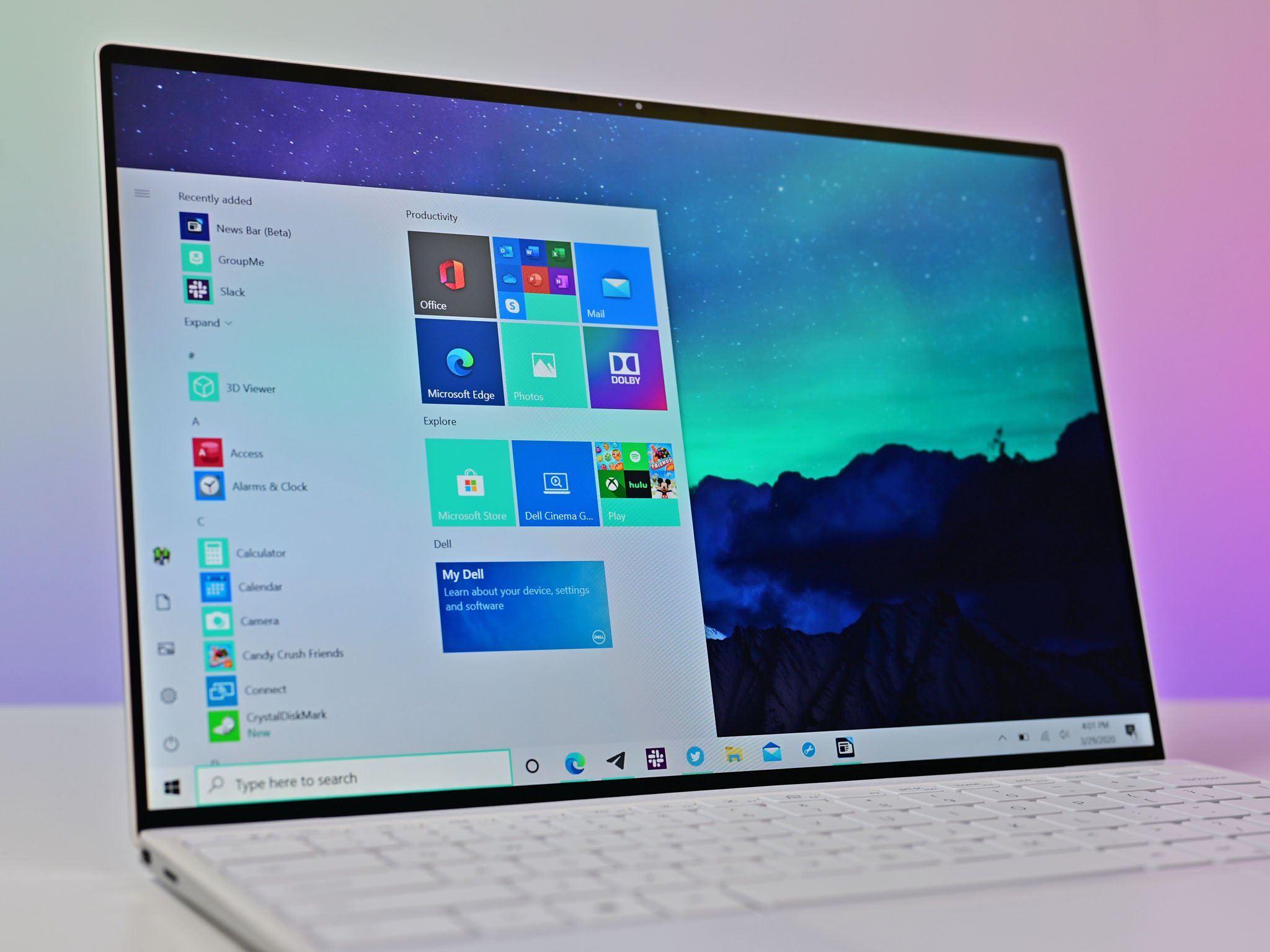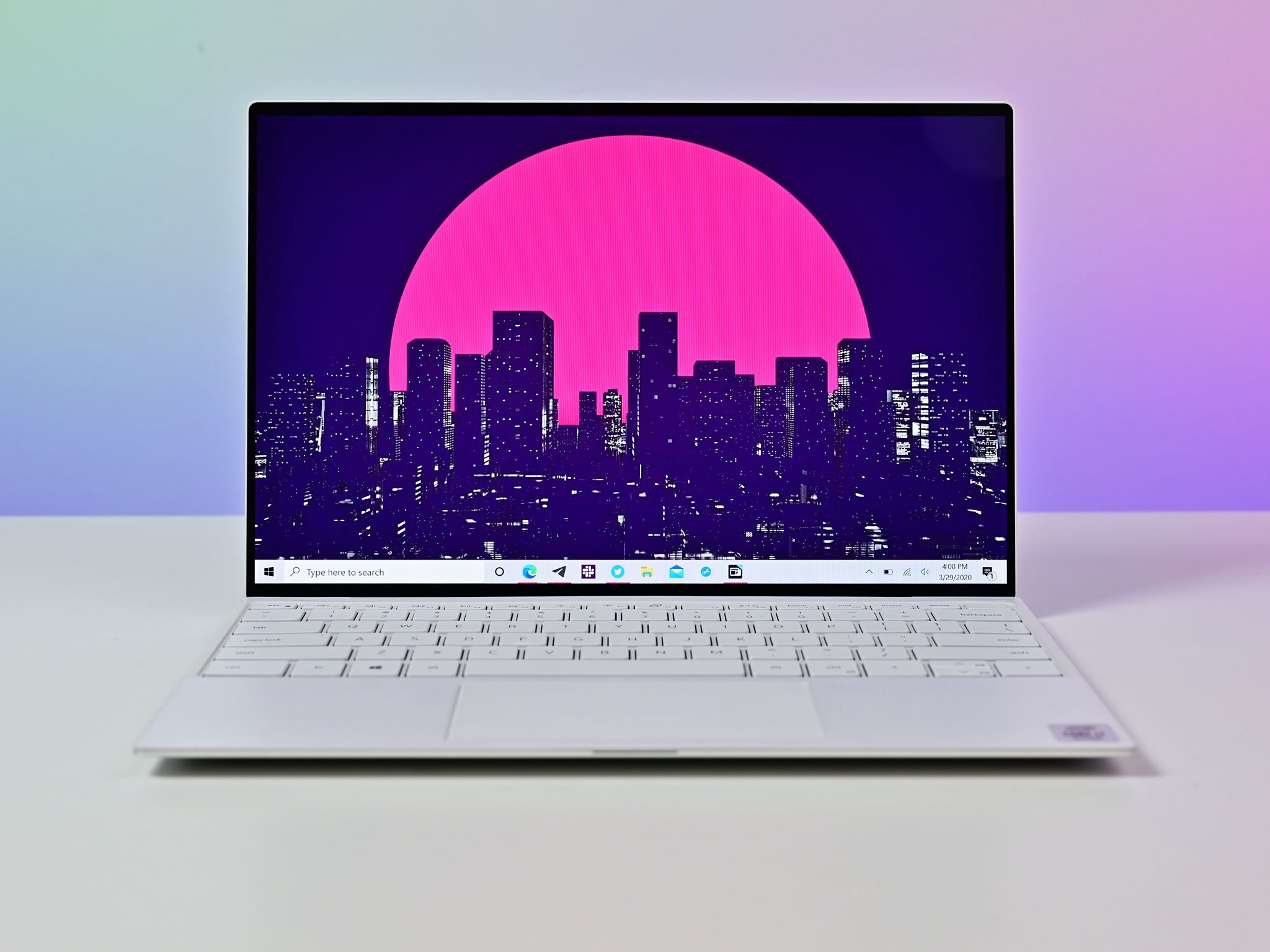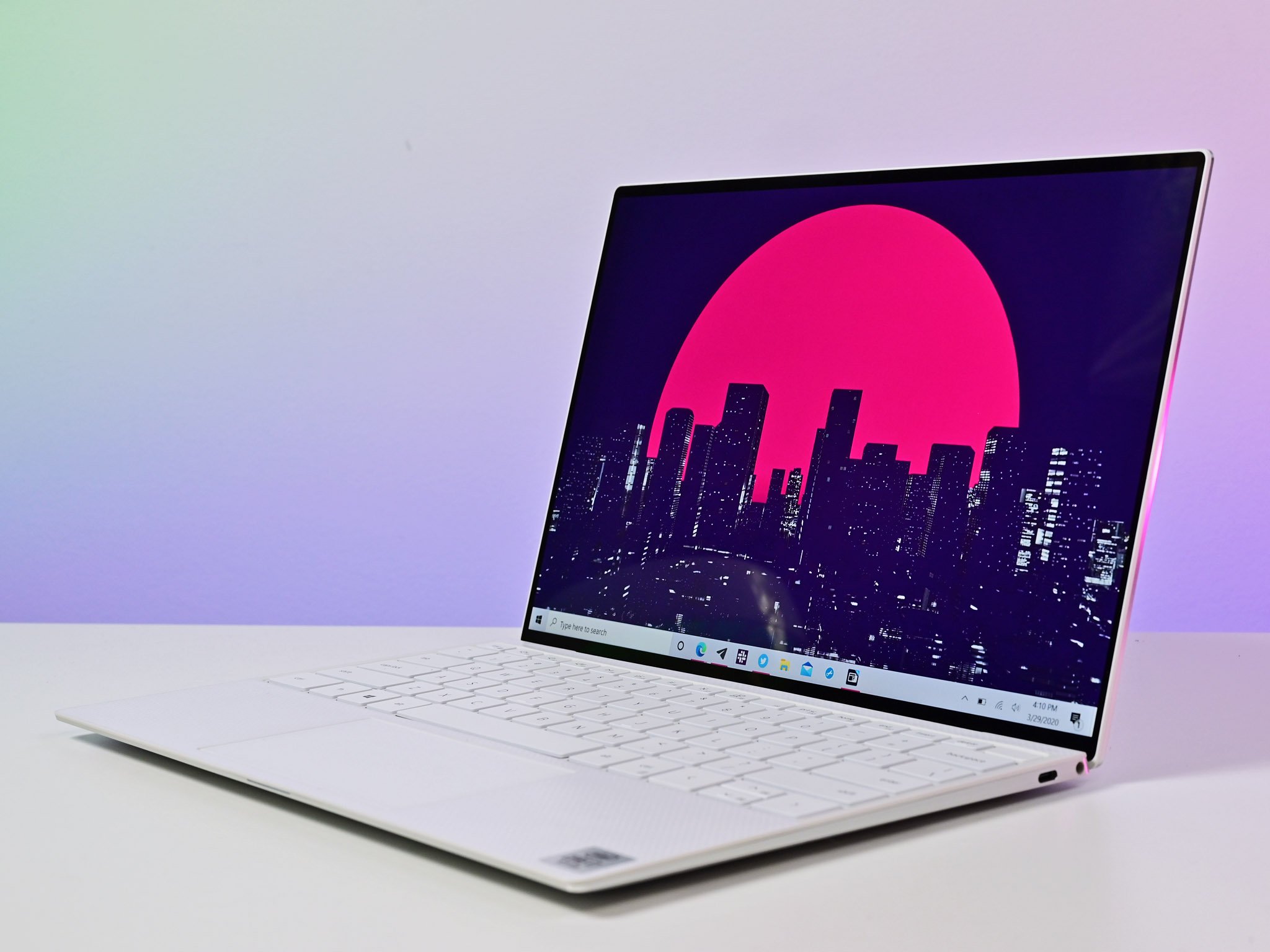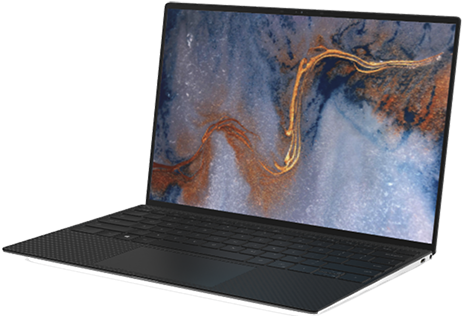Best answer: Dell's XPS 13 (9310) has many set configurations available, with the ability to customize internal hardware to your liking. Those with general productivity in mind can get by with a lower-end configuration. At the same time, those with heavy multitasking and even a bit of editing will want something with heavier-hitting hardware. As always, multiple display options must be considered. Here's what you need to know.
- Latest and greatest model: XPS 13 (9310) (From $980 at Dell)
What's new with the XPS 13 (9310)?
The XPS 13 saw a major refresh with the 9300 model that continues with the 9310 model. The new 13.4-inch display moved to a 16:10 aspect ratio, effectively eliminating bezel on all four sides. There's no more chin along the bottom, and the result is a genuinely eminent look with a 91.5% screen to body ratio. Despite the thin bezel, Dell has still managed to fit an IR camera for Windows Hello above the display.
The keyboard has now been spread out over the chassis, with keys reaching from edge to edge. There's more space for keycaps that are 9% larger, meaning you'll feel a lot less jammed up while typing. The Precision touchpad has also been blown up by 17% to make the best use possible of space below the keyboard.
Whereas the 9300 model was equipped with 10th Gen Intel processors (CPU), the newest 9310 model got a further mid-gen update with 11th Gen Intel Core CPU options, Iris Xe integrated graphics, faster memory, and Thunderbolt 4 ports. The XPS 13 Core i5 and Core i7 models are also a part of Intel's EVO platform. All models also now include Killer Wi-Fi 6 wireless connectivity.
Which XPS 13 (9310) model is best for you?
Dell has a bunch of different configurations to choose from when it comes to the XPS 13 (9310). That means you should be able to mix and match the hardware to get precisely what you need without overspending. Because you get the same ports, keyboard and touchpad, speakers, battery, and display size, no matter the configuration, the choice will mostly come down to CPU, RAM, solid-state drive (SSD), and display resolution.
The baseline configuration starting at about $980 includes an Intel Core i3-1115G4 CPU with two cores, 8GB of LPDDR4x RAM, a 256GB M.2 PCIe SSD, and a non-touch 1920x1200 (FHD+) display with about 500 nits brightness and an anti-glare finish. This is a decent configuration for light work; if you hate the idea of any slow down with tens of browser tabs open and multiple apps running at once, you'll want to start with the Core i5-1135G7 model around $1,078. And for best performance possible, the Core i7-1165G7 CPU will satisfy starting at around $1,323.
Storage and RAM are customizable on most models, though often to a certain extent. For example, the Core i3 config is capped at 8GB of RAM (which is soldered on all models) but can store up to 1TB. If you go with a Core i5 config, up to 16GB of RAM can be added, along with 1TB of storage (which can be upgraded after purchase). For a Core i7 config, up to 32GB of RAM and a 2TB SSD can be added. And no matter the configuration, both Platinum Silver with Black carbon fiber palm rest or Frost White with Alpine White woven glass palm rest color options are available.
Next come the display options. The basic display is a non-touch FHD+ display with an anti-glare (matte) finish and raised plastic bezel. It has excellent color, it hits 500 nits brightness, making working outdoors much easier. This is the cheapest display option available.
Next is an FHD+ touch display with an anti-reflective layer and edge-to-edge glass with no raised bezel. It looks just a bit more premium due to the glass, though it won't combat glare as well as the matte version (though it does a great job in its own right). This display also has outstanding color and hits 500 nits brightness. Expect to pay about $98 more for this display compared to the basic non-touch option.
Finally, a 3840x2400 (UHD+) touch option is available for about $392 more than the basic non-touch display. It too has edge-to-edge glass and an anti-reflective layer, as well as 500 nits brightness. While the other displays offer Dolby Vision compatibility, the UHD+ display is VESA certified DisplayHDR 400.
The UHD+ display is absolutely stunning and delivers better color reproduction in the DCI-P3 color gamut, but at 13 inches, it's not absolutely necessary. The FHD+ models — especially the touch option with edge-to-edge glass and 100% sRGB color — are still quality IGZO displays and will help prolong battery life. The $392 premium you pay for UHD+ is also quite steep, and no doubt, not worth it for many people.
If none of these configurations appeal to you, be sure to have a look at our picks for best Windows laptop for way more buying options.
Latest and Greatest
Dell XPS 13 (9310)
Lots of configurations available
Whether you need a simple but premium machine for office work, a mid-range performer for multitasking, or a high-end Ultrabook for some specialized profession, the XPS 13 (9310) has the right hardware for the job.
via https://AiUpNow.com November 21, 2020 at 11:01AM by Cale Hunt, Khareem Sudlow,




